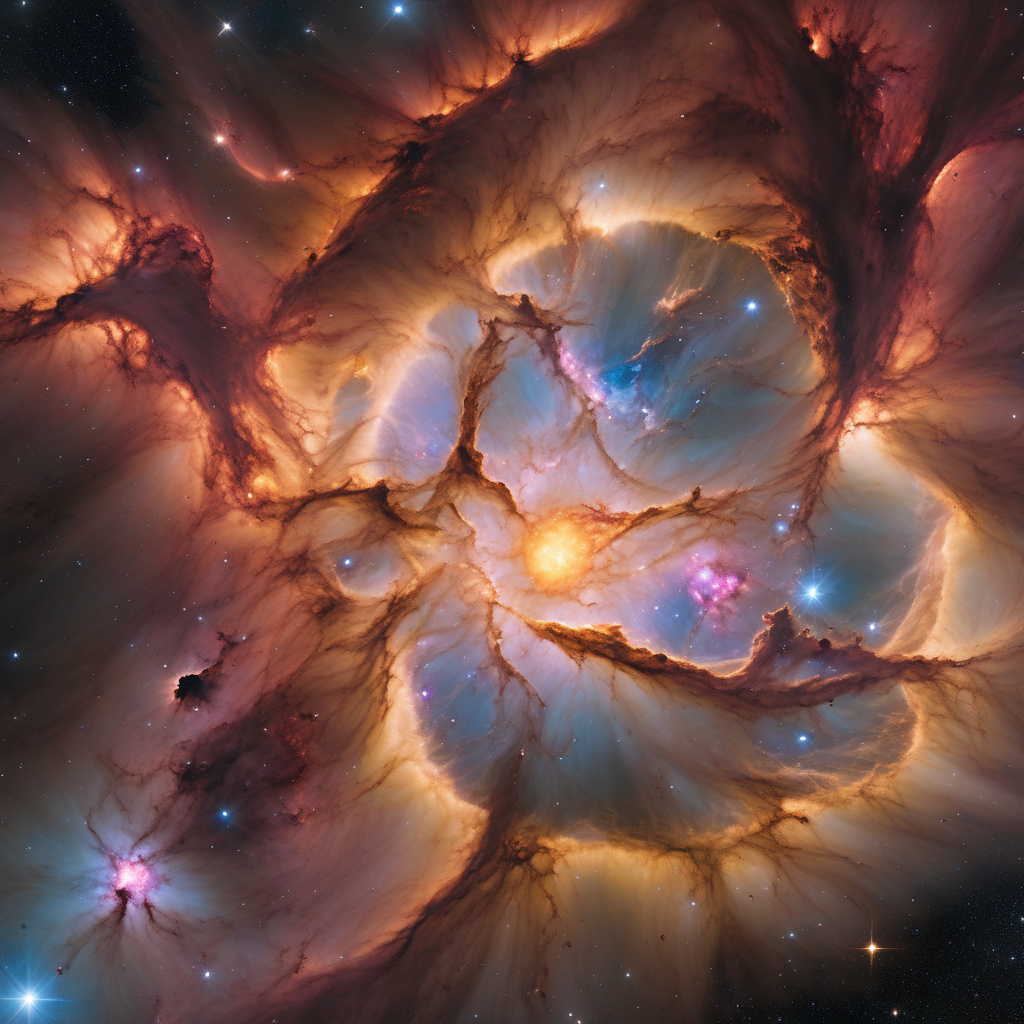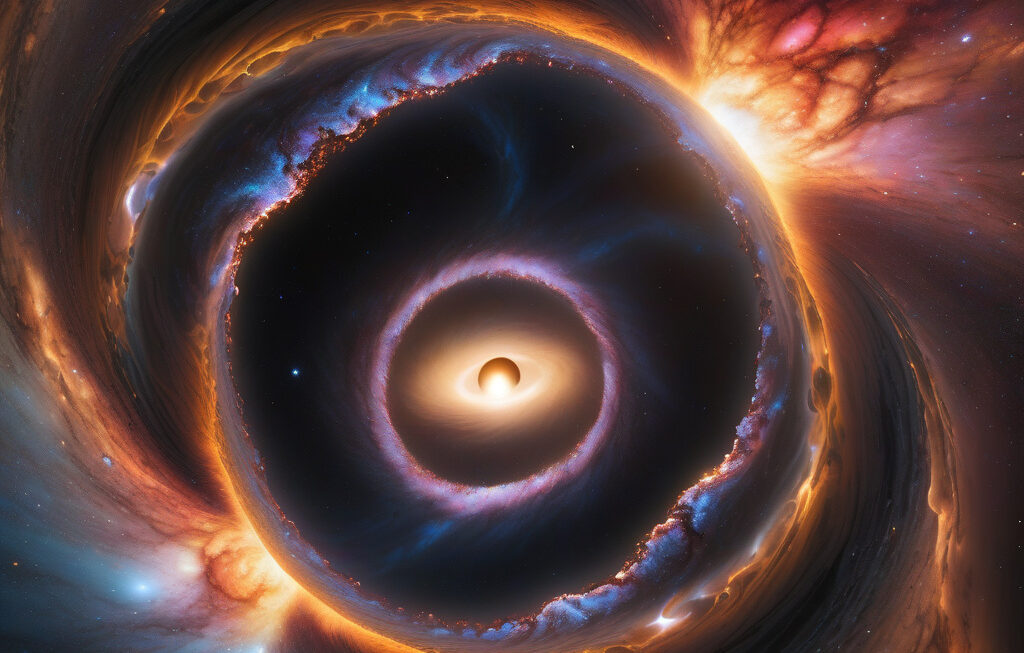Star 20 Times the Sun’s Mass Caught Gorging on Gas in Cosmic Birth Ritual
Astronomers have captured a stellar feast in action — the clearest view yet of a star twenty times the mass of our Sun indulging in a cosmic banquet of gas. This breathtaking phenomenon offers a rare glimpse into the tumultuous birth of massive stars, shedding light on the intricate processes that govern the formation of these celestial giants.
Located in the Carina Nebula, approximately 7,500 light-years away from Earth, this colossal star is devouring surrounding material with unprecedented voracity. The observations, made using the Atacama Large Millimeter/submillimeter Array (ALMA) in Chile, reveal the star’s insatiable appetite for gas, a crucial element in its growth and evolution.
The findings provide valuable insights into the mechanisms driving the birth of massive stars, which play a fundamental role in shaping the dynamics of galaxies and the cosmos at large. Understanding how these stellar behemoths form and evolve is essential for unraveling the mysteries of the universe and comprehending our place within it.
The process of star formation is a complex dance of gravity, gas dynamics, and energy exchanges, culminating in the ignition of nuclear fusion that powers the star for billions of years. Massive stars, like the one observed in the Carina Nebula, follow a different trajectory than their smaller counterparts, undergoing rapid evolution and burning through their nuclear fuel at a staggering pace.
By studying the feeding habits of this star and its interactions with its environment, astronomers can glean crucial information about the conditions that foster the birth of massive stars and the factors that influence their growth. These insights have far-reaching implications for our understanding of stellar evolution, galactic dynamics, and the cosmic web that connects all matter in the universe.
Moreover, the observations of this cosmic banquet underscore the power of cutting-edge technology in unraveling the mysteries of the cosmos. Instruments like ALMA allow astronomers to peer into the depths of space with unprecedented clarity and precision, providing a wealth of data that fuels groundbreaking discoveries and reshapes our understanding of the universe.
As we continue to explore the vast expanse of the cosmos and push the boundaries of our knowledge, each new observation brings us closer to unlocking the secrets of the universe and unraveling the tapestry of creation. The stellar feast witnessed in the Carina Nebula serves as a testament to the beauty and complexity of the cosmos, inviting us to marvel at the wonders of the universe and contemplate our place within its grand design.
In conclusion, the sighting of a star twenty times the mass of the Sun gorging on gas in a cosmic birth ritual represents a pivotal moment in our quest to understand the origins and evolution of massive stars. Through meticulous observations and sophisticated technology, astronomers are piecing together the puzzle of stellar formation and shedding light on the forces that shape the fabric of the universe.
cosmic, star formation, ALMA, astronomical observations, stellar evolution












